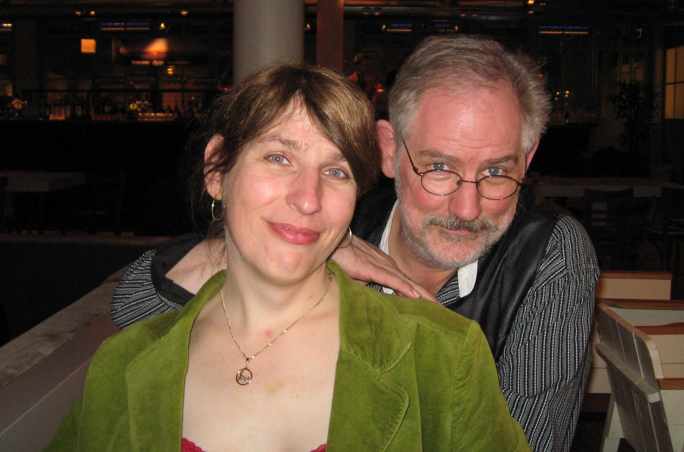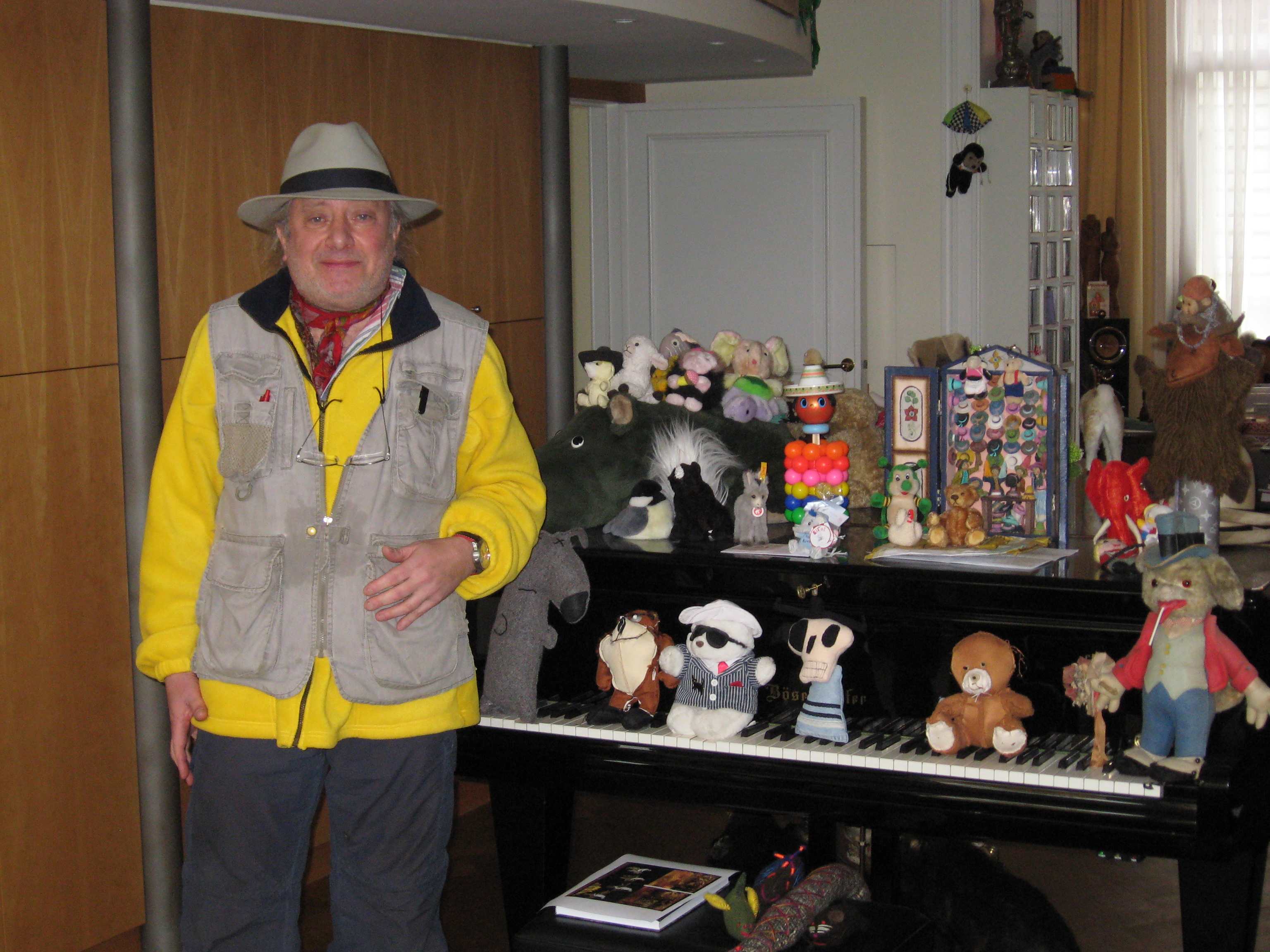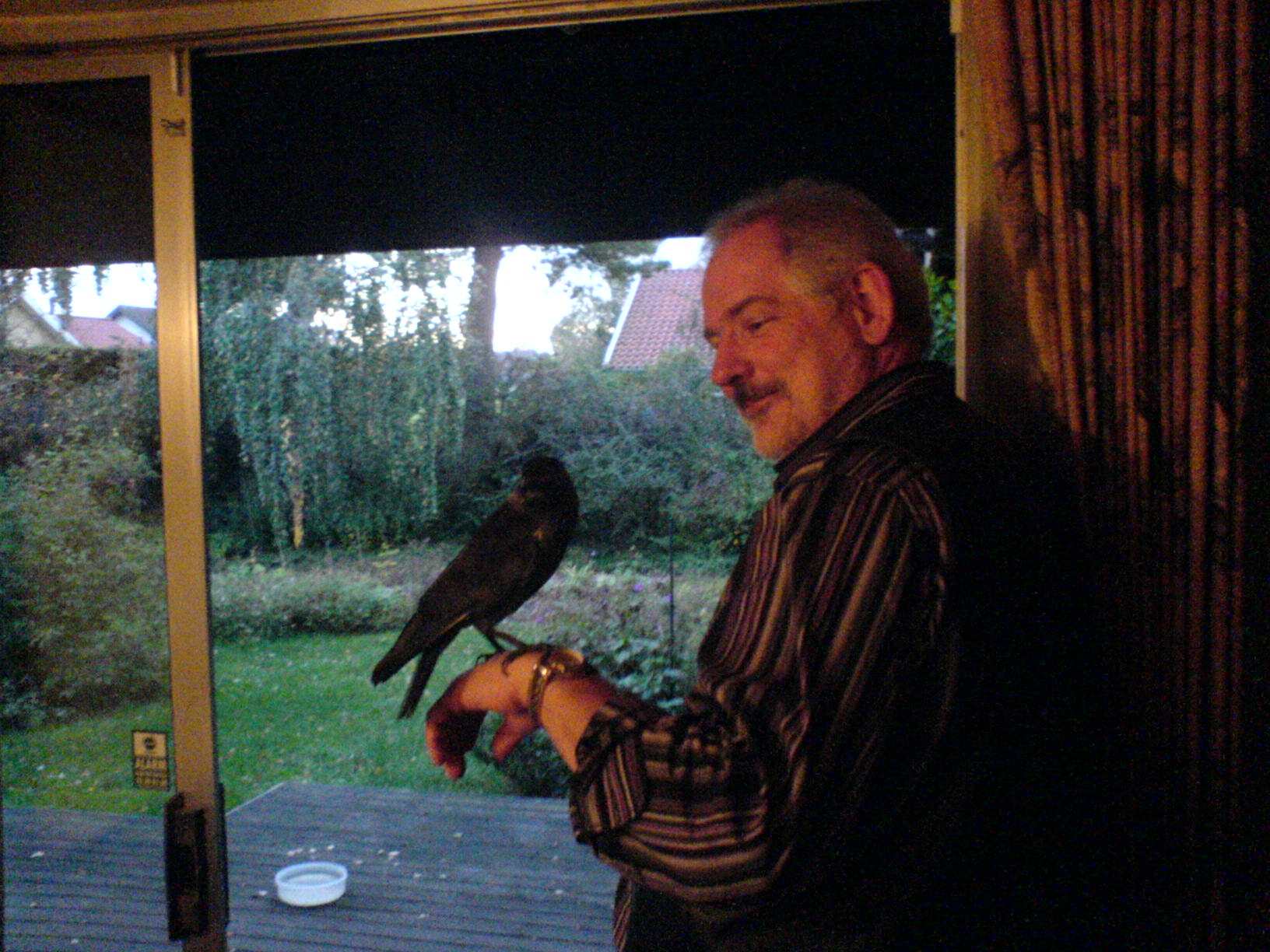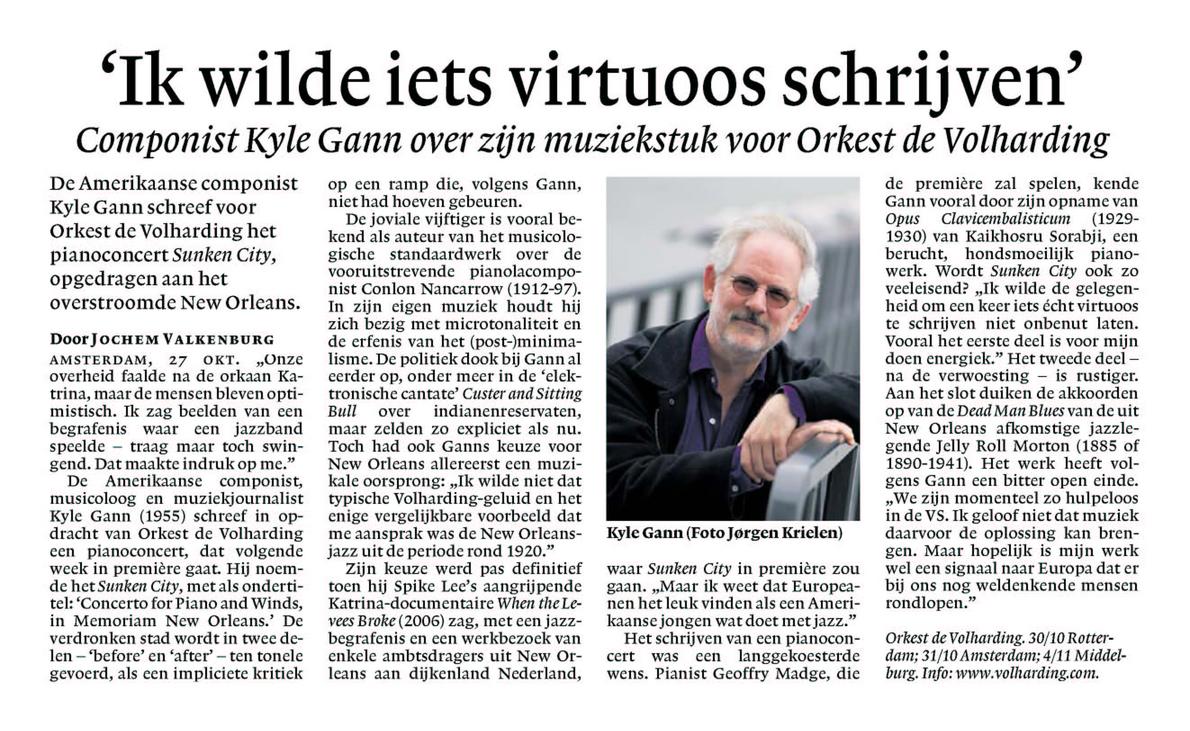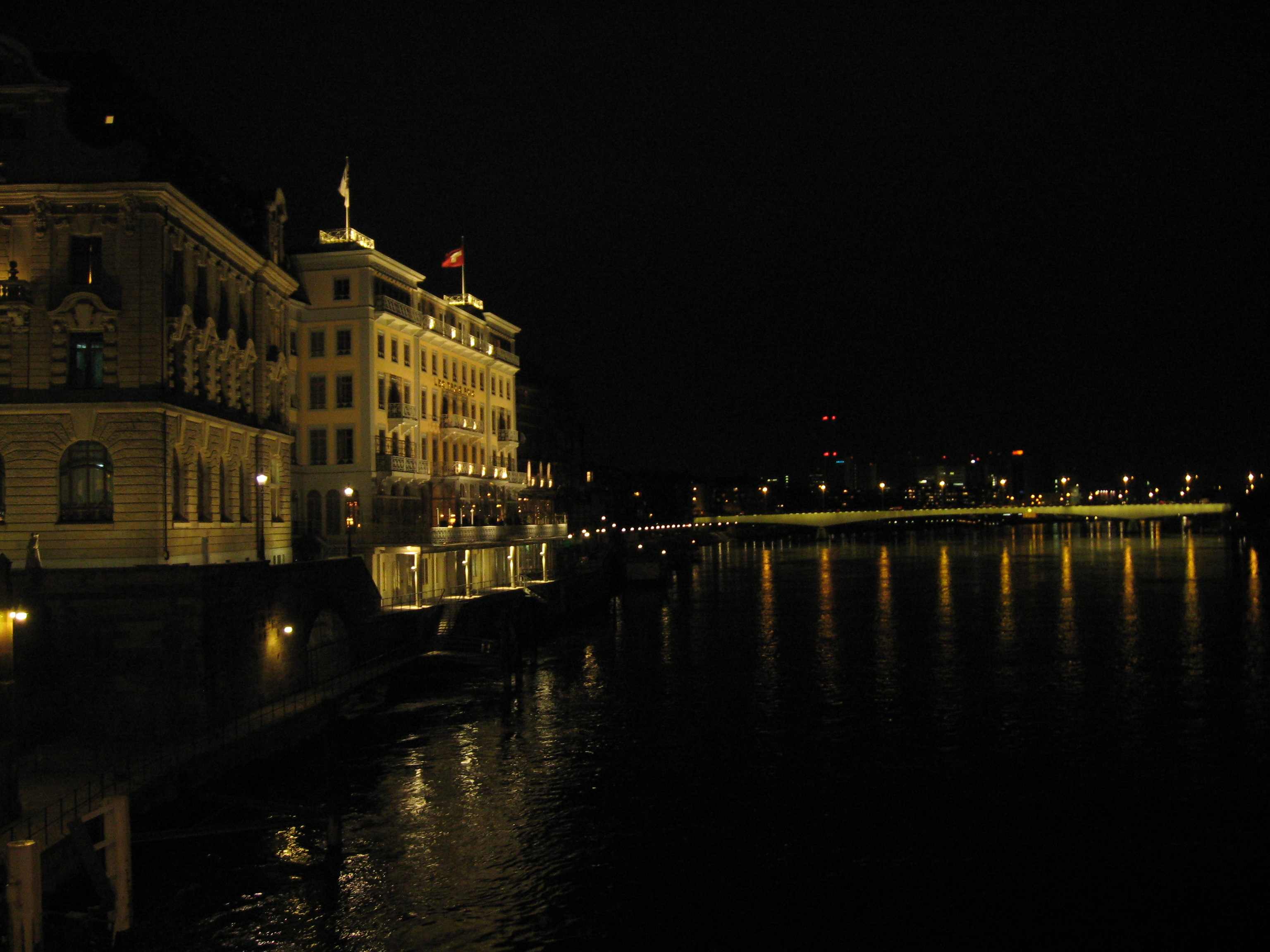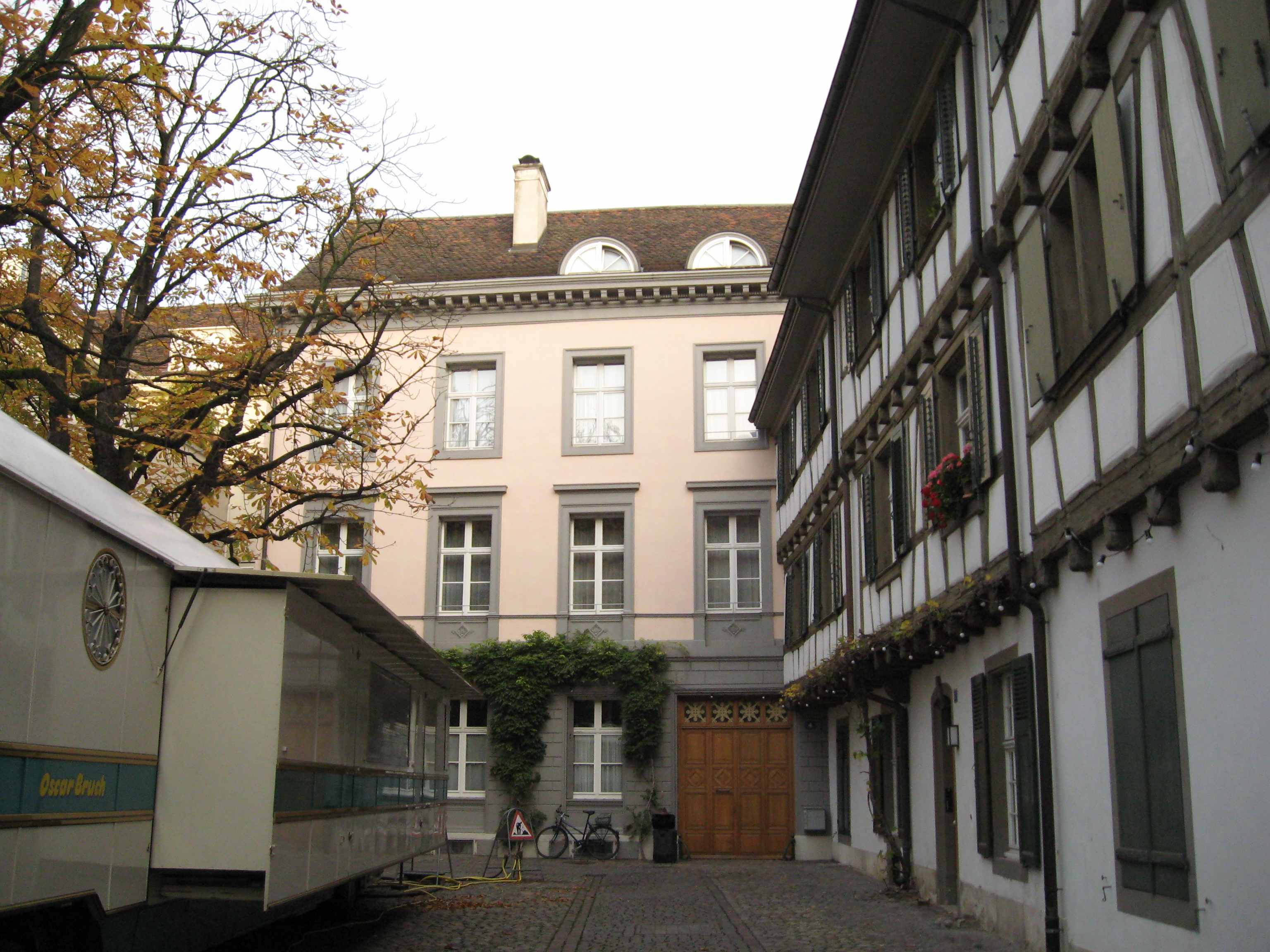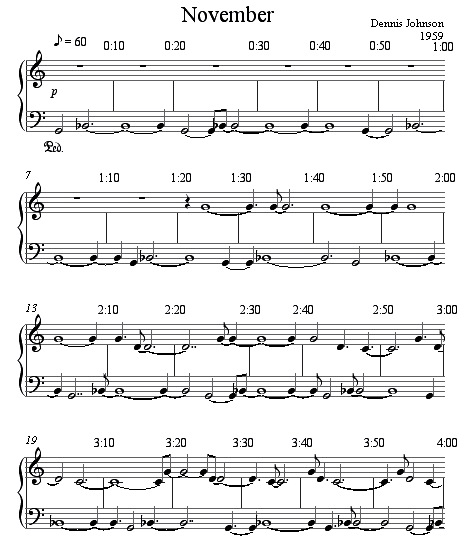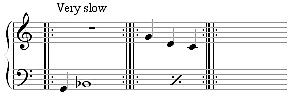I love, and by “love” I mean “am nearly made physically ill by,” this paragraph that’s been added to the Wikipedia entry on Downtown music:
The term “downtown music” can mean something entirely different, depending on the type of downtown a city has. For example, in a city with a very historic downtown, the associated music is generally popular music from the 1930s, 1940s, and 1950s charachterized [sic] by smooth vocals, prominent use of string instruments, and often a very important role for the background singers. In a more stereotypical “inner city” type of downtown, the term can refer to hip-hop and rap.
It’s difficult to tell whether this is a put-on, or whether the guy thinks he’s making an actual contribution. But hey, kids, Wikipedia is the new paradigm for knowledge! Get used to it!
UPDATE: Ah – the writer appears to have been banned from Wikipedia for adding nonsense to several sites, and subsequent to my posting, these lines were quickly removed. But, superficially plausible as they looked, on what authority could a knowledgeable expert have removed them himself?

 LONDON – I’ve heard a lot of music in Europe, but the concert I was most excited about, that I’d planned on hearing months in advance, was the premiere of my Dutch composer friend Renske Vrolijk’s Charlie Charlie. To hear it, in fact, I had to leave England between lectures and fly, then train it, back to Den Bosch in The Netherlands (a town whose more official name is S’ Hertogenbosch, and no one was quite able to explain why it has two names). Let it be some small window into the logistics of my journey that it was cheaper for me to fly back to Amsterdam and stay in a hotel there than it was to continue staying in my hotel in London. Mention London to anyone on the Continent, and they roll their eyes at the expense. I will too.
LONDON – I’ve heard a lot of music in Europe, but the concert I was most excited about, that I’d planned on hearing months in advance, was the premiere of my Dutch composer friend Renske Vrolijk’s Charlie Charlie. To hear it, in fact, I had to leave England between lectures and fly, then train it, back to Den Bosch in The Netherlands (a town whose more official name is S’ Hertogenbosch, and no one was quite able to explain why it has two names). Let it be some small window into the logistics of my journey that it was cheaper for me to fly back to Amsterdam and stay in a hotel there than it was to continue staying in my hotel in London. Mention London to anyone on the Continent, and they roll their eyes at the expense. I will too.